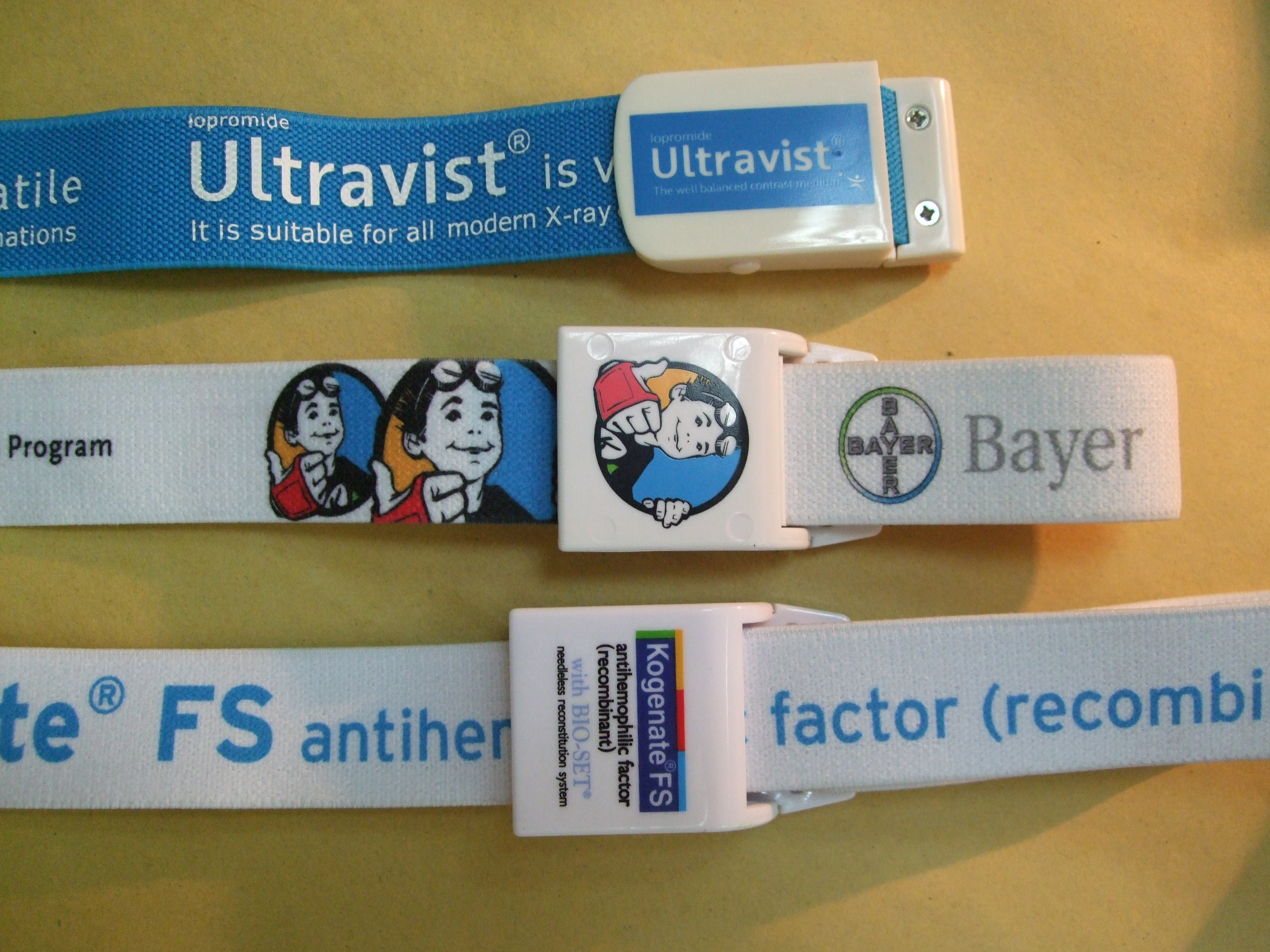Silicone ring tourniquet and standard balloon tourniquet on motor nerve conduction, pain and grip strength in healthy subjects
background:balloon tourniquet (PT) is often used by orthopedic surgeons for upper and lower limb surgery. Silicone ring tourniquet (SRT) has been gradually introduced into clinical practice in the past two decades. Literature on the comparative safety and effectiveness of physician use for volunteers has been published. The purpose of this paper is to study the effects of silicone ring tourniquet (SRT) and balloon tourniquet (PT) on postoperative effects of healthy subjects, mainly the effects of motor nerve conduction, pain and grip strength.
method:for the forearms of 20 healthy subjects, maintained for 10 min. Pain was measured using a visual analog scale and grip strength was measured using a hand dynamometer. We evaluated the following parameters of median nerve conduction: motor nerve conduction velocity (MCV), delay (LAT), and amplitude (AMP).
result:the pain score when tourniquet was used was higher in SRT group, but the pain relief score PT group was higher, with statistical significance (P<0.05). The grip strength decreased after tourniquet was used. However, the grip strength decreased more significantly in SRT group (P<0.05). According to the change value of MCV (P<0.05), the conduction injury of median nerve in PT group is worse than that in SRT group.
:The effect of PT group on median nerve conduction is greater than that of SRT group, and the decrease of grip strength is greater than that of SRT group.

keywords: silicone tourniquet; Tourniquet; Medical products; Hospitals; Sports rehabilitation


